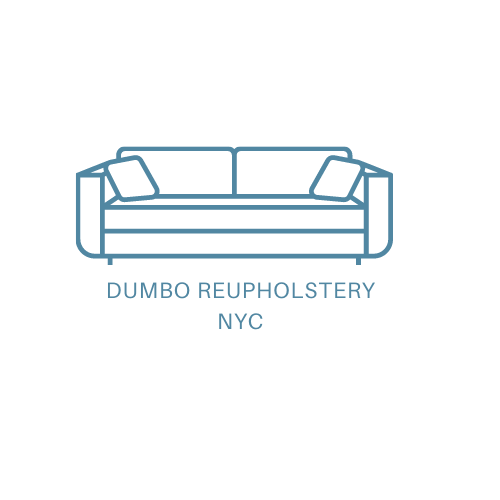Furniture Restoration
Get a Free Quote

Before you think about throwing out your old furniture and buying a new set, you should consider restoring it. Furniture restoration NYC is often far easier than you’d think, and small jobs can even be done at home. Alternatively, getting a professional to restore your old furniture is often still much cheaper than buying a new set, and lets you hang onto heirloom pieces that were built to last.
Call us today to learn more about furniture restoration services.
Why Furniture Restoration NYC is Better Than Buying New
There are a few reasons it’s better to restore furniture than buy a new set. These include:
Better Design
Furniture designed years ago was traditionally built to last not just for a few years, but for a lifetime. Before the era of mass production, someone might buy a dining table and expect to be able to hand it down to their children. Even now, an armchair built 40 years ago might be expected to outlast a brand-new model.
Sentimental Value
Because older furniture is durable, it’s often inherited from our parents or grandparents. This sentimental value makes getting rid of old pieces difficult, even when it’s beginning to show signs of aging. Restoring old pieces is a great way to keep them looking beautiful while preserving the memories they hold.
Cost-Effectiveness
Furniture repair on high-quality pieces isn’t something you need to do regularly. The cost of repair is often fairly low, especially compared to replacing a new model every few years. Even advanced repairs on high-value items are typically cheaper than having to replace them time and again.
You Can Do It Yourself
Some items can be restored beautifully at home using just a few tools. While this isn’t advised for all furniture, and you should always consult an expert if you’re unsure, you can check out our guide below to learn how furniture refinishing at home works.
Contact us to learn more about the benefits of restoration over buying new.
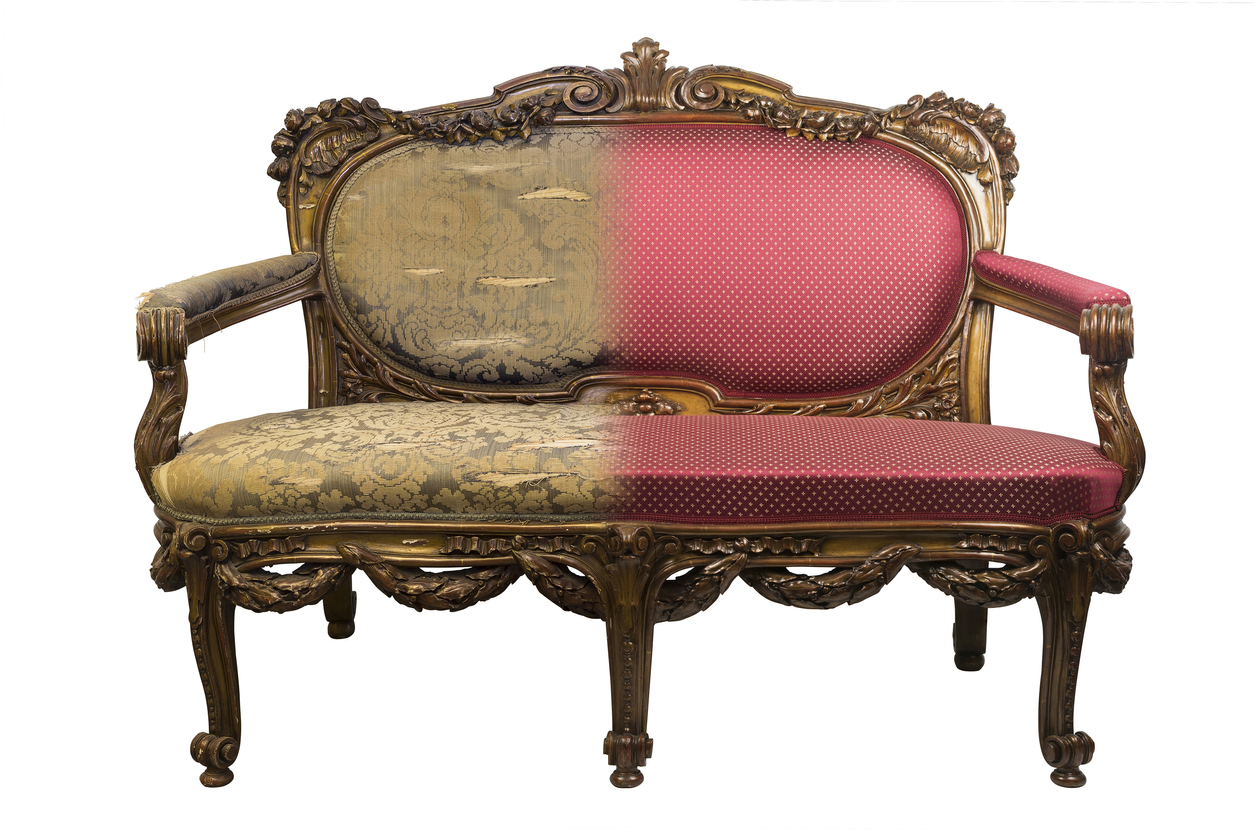
Furniture Restoration for Antiques
Sometimes we don’t even know that we have valuable antiques in our households. Perhaps it’s a dresser left to us by our grandmother or a stately dining table that has been in the family longer than anyone can remember.
If you’re considering a DIY furniture repair project, you should contact a professional to take a look at the piece before you start any work. If it turns out to be an antique, don’t attempt to restore it yourself – an expert will appraise its value and restore it with incredible care. While not everything old is antique, valuable antique pieces need to be treated delicately or risk losing a lot of their value.
Many antiques are worth so much because certain techniques were used in their construction. Without expert repair, you could harm the very thing that makes them so valuable.
If you’re considering repairing antique furniture at home, stop and think again. Get in touch with our team for an appraisal and advice on how to proceed.
Refinishing Furniture Without Stripping
Stripping is a process that removes the old finish from an item. This is often a necessary part of professional furniture restoration. It typically uses chemical solvents as well as hand-sanding techniques to carefully remove the old finish before a new one is applied.
Doing this at home is extremely messy and time-consuming. Likewise, without expert knowledge of the right types of chemicals to use, you can risk damaging an item. Unless you have plenty of experience with sanding and know what chemicals are appropriate to remove a finish, we don’t recommend furniture stripping at home.
If you want an item stripped and restored, call our team to discuss how this works. Otherwise, we provide a guide to furniture restoration at home without stripping below.
Guide to Restoring Furniture at Home
The following steps are surprisingly simple and are appropriate for old pieces that don’t have significant material value (i.e. they’re not antiques). As noted, it’s best to get in touch with an expert to learn more about any item before you begin work.
Once you’ve consulted us on the value of an item, just follow these steps to restore an item without stripping.
1. Applying Mineral Spirits
Mineral spirits are affordable and easy to find. They’re a great place to start because they show you what the piece would look like if you apply a simple finish.
Wipe mineral spirits on the furniture. It will saturate quickly and the tone of the surface will change, giving you an idea of what it’ll look like when you apply a finish. This won’t damage the current finish – usually, it’ll just appear glossier for a while before evaporating.
If you don’t like what you see, you may need a different type of finish. Speak to a professional to learn more.
2. Washing Old Furniture
Removing dirt and grime from old furniture is very easy. Just get a bucket of soapy water (dish soap is best) and a sponge and gently wash the entire item.
While it’s best not to completely soak the item, you don’t need to worry about getting it wet: it’ll be fine afterward. You can pat it dry with a towel if you’re concerned about lingering water.
3. Removing White Rings
White rings are common in old and damaged finishes. They can be treated by applying petroleum jelly around the ring. Leaving it for up to 24h should get rid of the ring or diminish its appearance.
Other specialist products are available but might impact the appearance of the surface depending on the type of finish. It’s best to consult an expert on the best products for home furniture restoration before applying them.
4. Removing Paint Stains
Paint stains are fairly common on older furniture. Though we try to protect everything when we decorate our homes, if an item has been in enough rooms getting a new paint job, it’s likely been spattered once or twice.
Removing paint stains can be done with light sanding. There are some other home remedies and tricks out there, but if you’re unsure, it’s best to get professional assistance. Alternatively, your local furniture restoration expert might be able to offer you advice on home solutions.
5. Filling Gaps in Wood
Epoxy putty is your best friend for home fixes. It can be molded to almost any shape and fits neatly into cracks and gaps in furniture. Once it hardens, it’s almost indistinguishable from the surrounding wood.
Gently use a razor to ensure that the epoxy layer is level against the surface before it hardens. You can also sand it after it’s hardened. For larger gaps where the putty would appear conspicuous, you can create a realistic-looking grain by carefully staining the epoxy putty with different tones using a small brush.

The Process
A couch upholsterer takes the following steps.
- Removing the dust cover
- Removing the old upholstery
- Adding stuffing as needed
- Refinishing the frame
- Cutting and attaching new fabric
- Reattaching the dust cover
- Cutting and adding trim
- Adding the finishing touches
Measurements are taken of every piece of fabric on the couch. The couch is turned upside down to take off the legs. Old upholstery fabric is carefully removed. The cushions are removed and uncovered, and re-stuffed if necessary.
Whatever needs to be done to the frame is carried out. The upholsterer may sand it down and apply paint or stain. Upholstery fabric that was removed serves as a pattern for the new material. After attaching the new fabric, the dust cover is reattached. Decorative trim or cording covers up staples. The last step is adding any finishing touches to enhance the beauty.
Gallery
Our Work
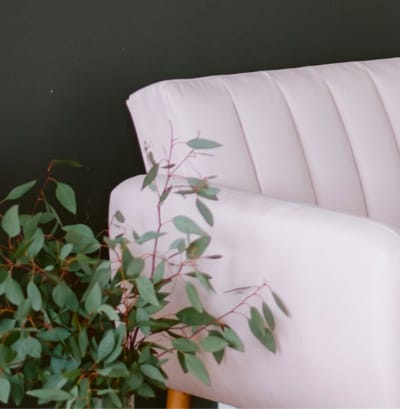
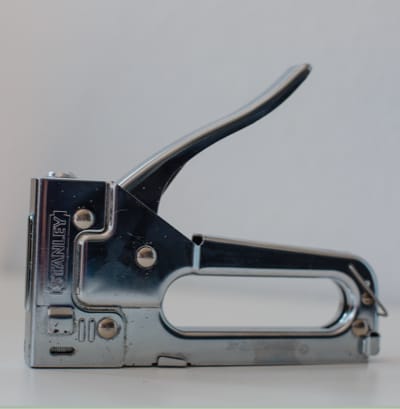
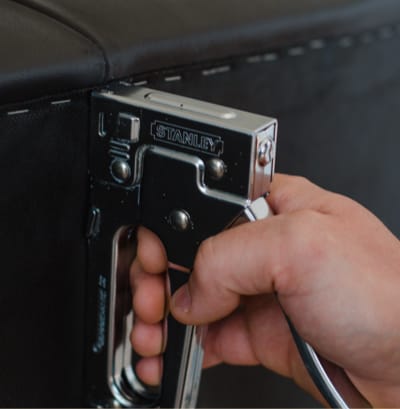
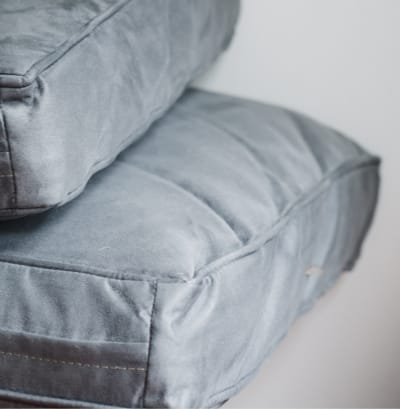
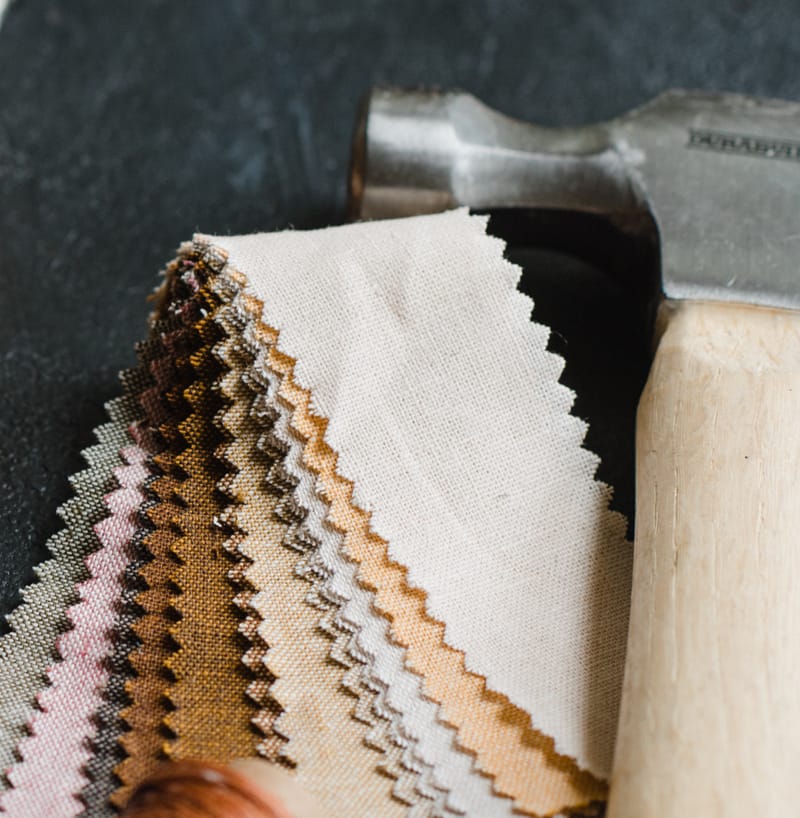
Why choose us
Our Advantages:
- Free Estimate
- Pickup & Delivery
- 15 years experience
- Clear and straightforward pricing
- Award winning service
- Wide range of fabric options

